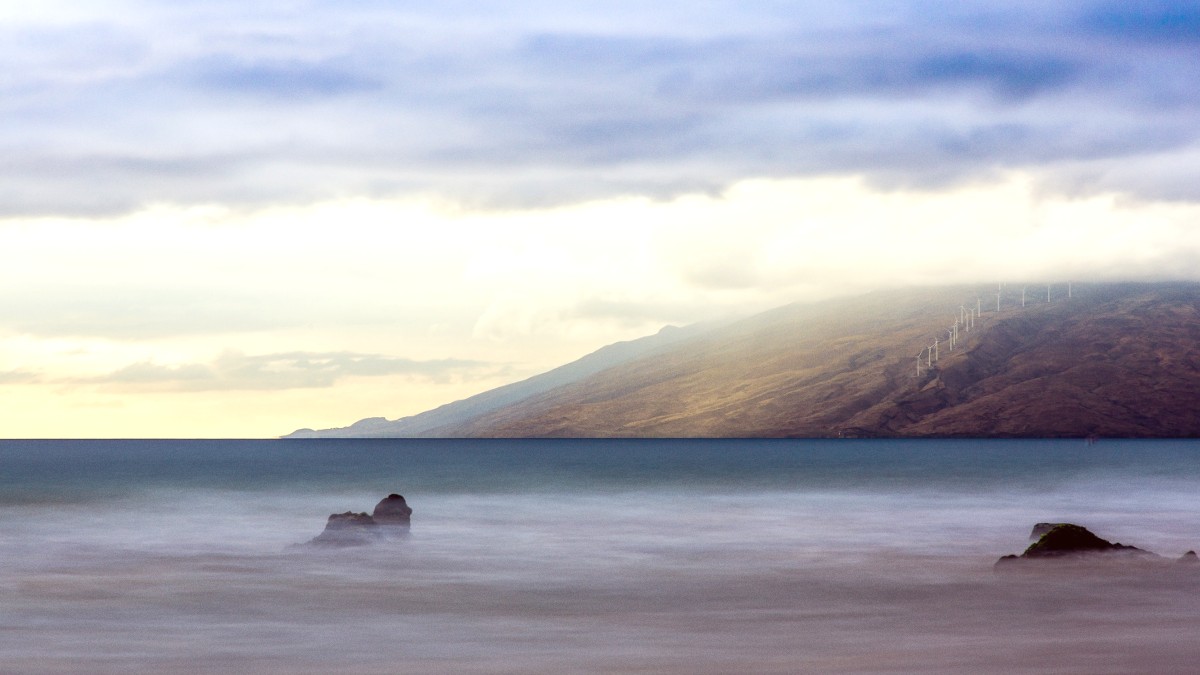
Hawaii, USA
It is a destination beyond a simple beach escape; it is an immersion in nature, history, and Hawaii's spirit. Adventure and relaxation combine daily. This guide details possibilities for an island vacation unlike others.
Maui's distinct shape results from two shield volcanoes, West Maui Mountains and Haleakalā. A narrow isthmus joins these volcanic masses, earning Maui the nickname "The Valley Isle."
The channels separating Maui from Molokaʻi, Lānaʻi, and Kahoʻolawe contain abundant marine life, including humpback whales during winter migration.
The first inhabitants arrived from the Marquesas Islands around 450-600 AD, navigating vast ocean distances. Later, between 1000 and 1300 AD, Tahitian voyagers brought new cultural practices.
King Kamehameha I conquered Maui in the early 19th century. Lahaina served as the capital and later became a bustling whaling port. The economy shifted to large-scale sugar and pineapple plantations, drawing immigrants from diverse parts of the world.
Marquesan settlers arrive.
Tahitian voyagers establish new cultural practices.
King Kamehameha I unifies Hawaii; Lahaina becomes capital.
Lahaina functions as a whaling hub.
Sugar and pineapple plantations flourish.
During World War II, Maui's strategic location held importance, hosting large military bases. This period further altered the island, bringing more people and resources.
The influx of diverse cultures during the plantation era shaped Maui's modern identity, influencing its food, music, and local customs.
Tourism is the main industry today, supporting many businesses. Agriculture continues in smaller forms, focusing on diversified crops and specialty products.
Maui's narrative shows a progression from ancient Polynesian settlement to a modern island destination, where history echoes across every landscape.
Maui, officially the County of Maui, extends beyond Maui Island. It includes Lānaʻi, Molokaʻi, and the uninhabited Kahoʻolawe. This county structure organizes local governance.
Wailuku functions as the administrative core. Kahului, the largest urban and commercial center, holds Kahului Airport (OGG), the main entry point.
Wailuku
164,371 residents on Maui Island
Haleakalā, 10,023 feet (3,055 meters)
Maui is part of the United States. All transactions use the USD. Hawaii operates on Hawaii Standard Time (HST, UTC-10) year-round.